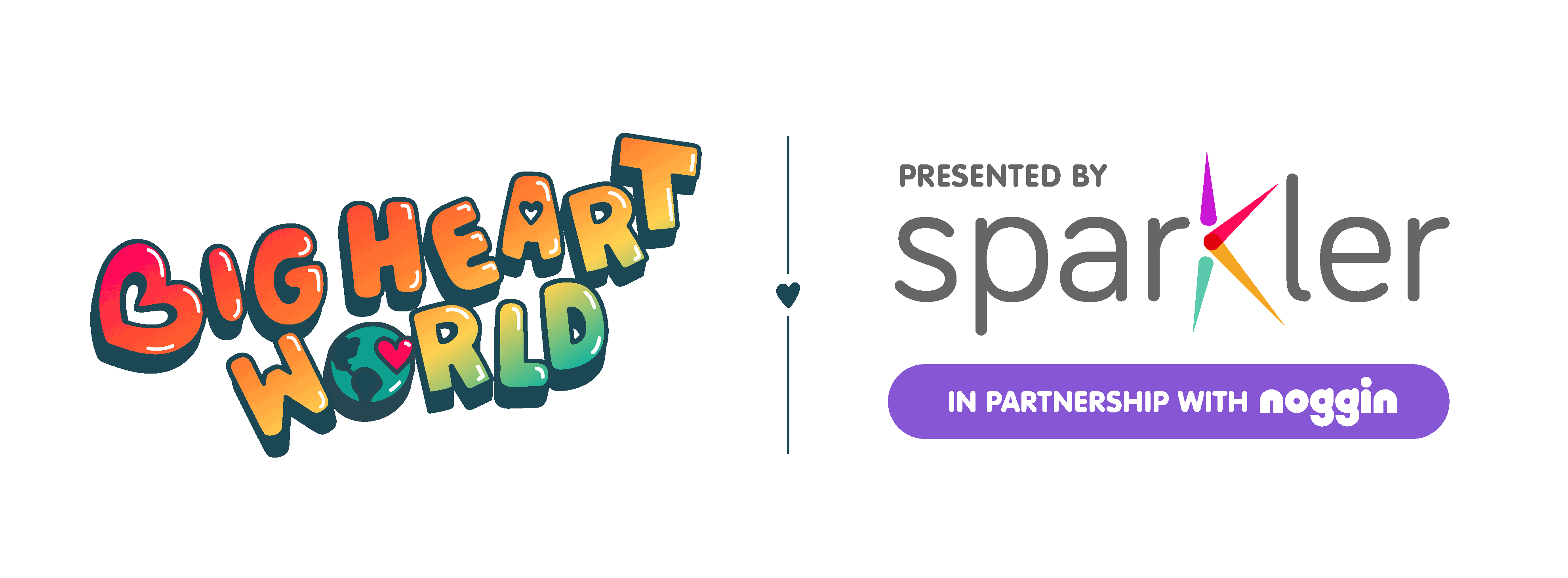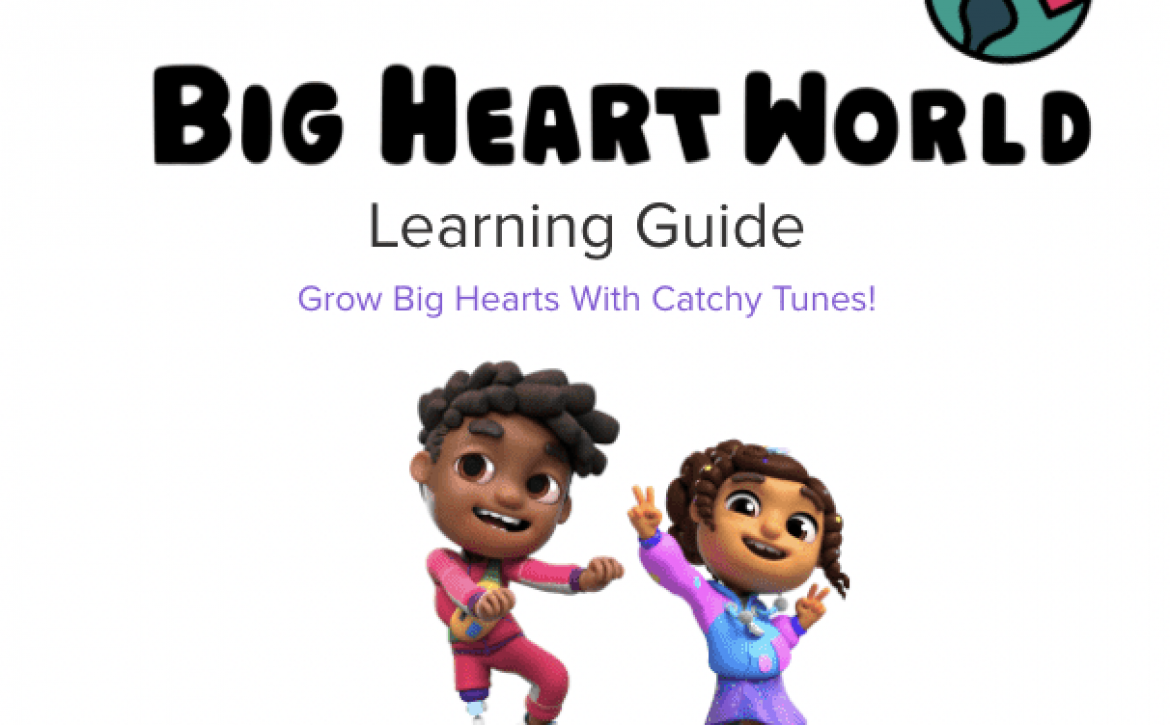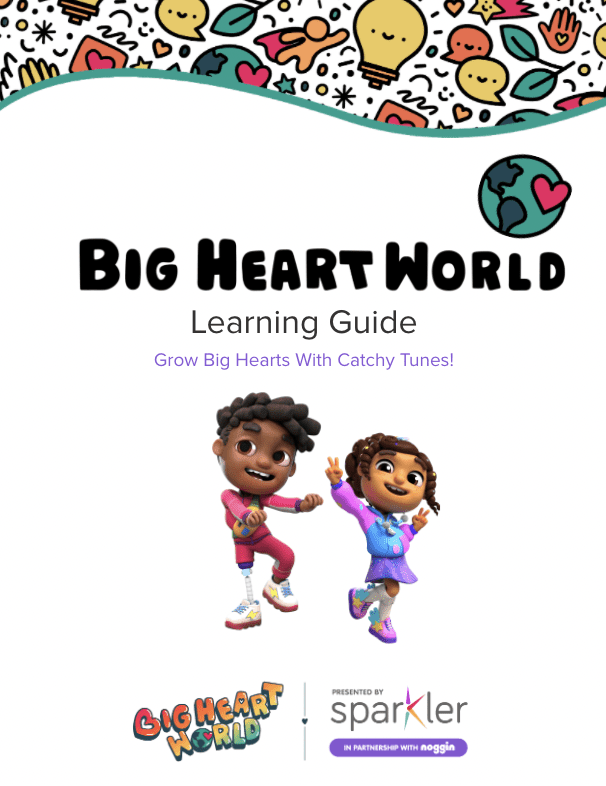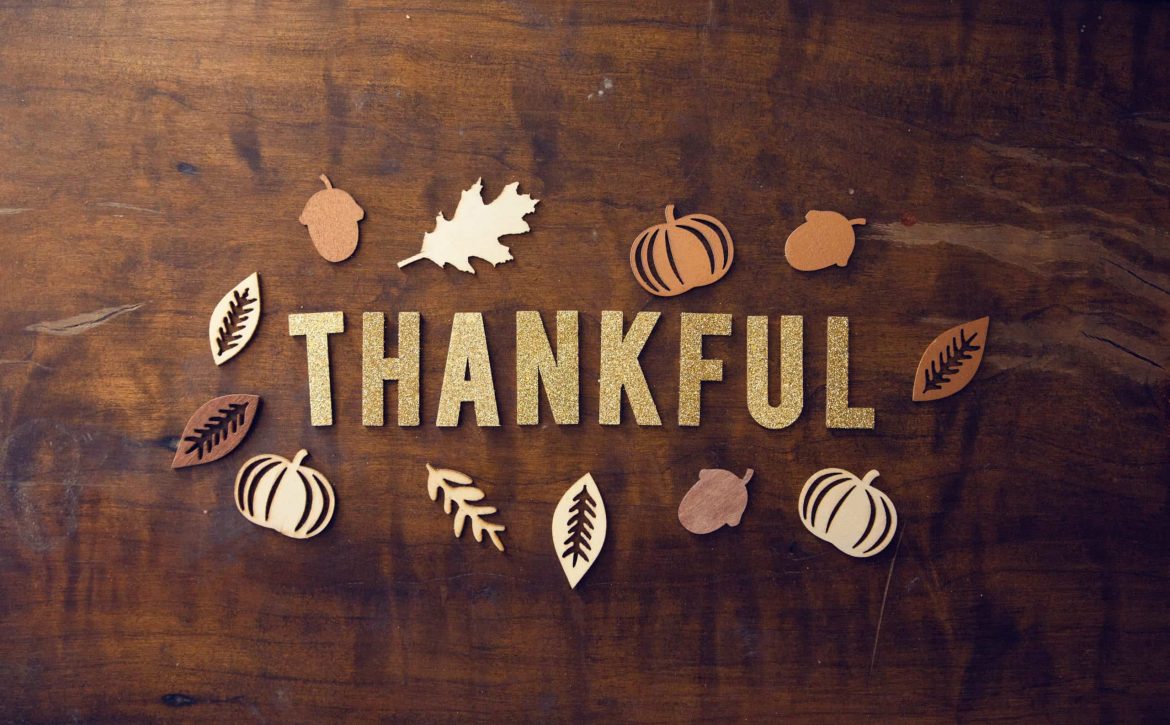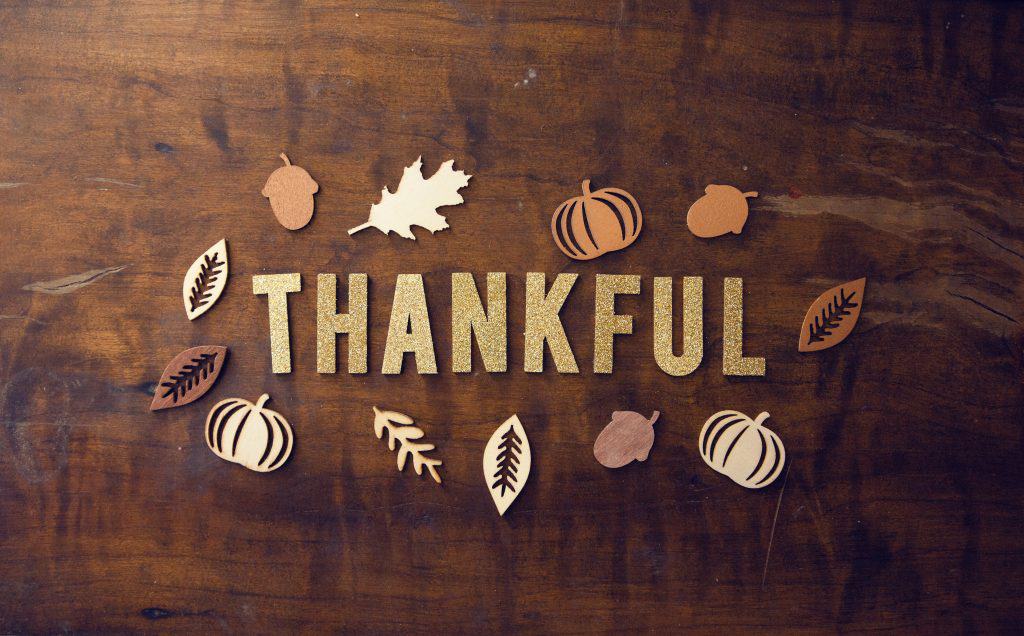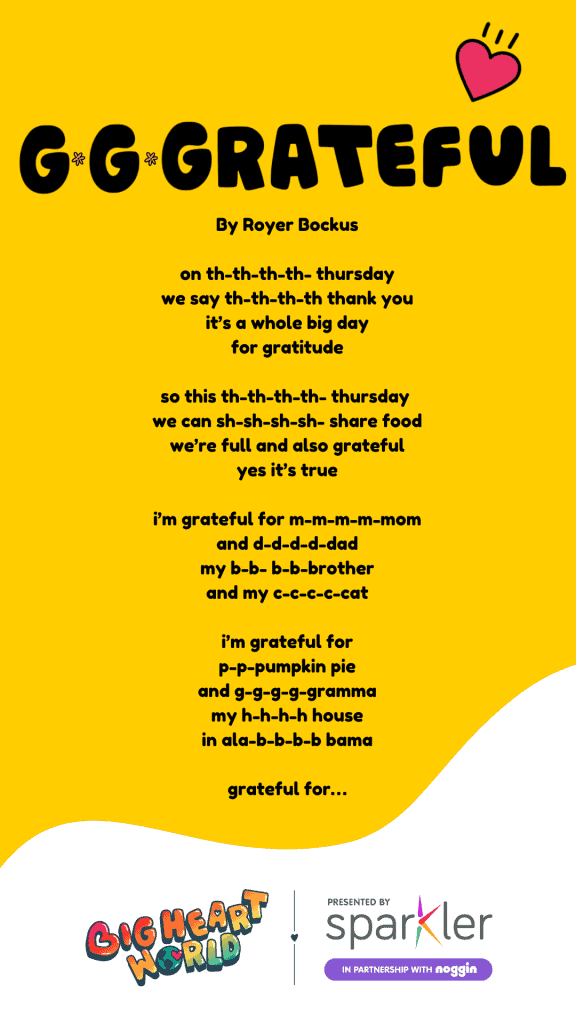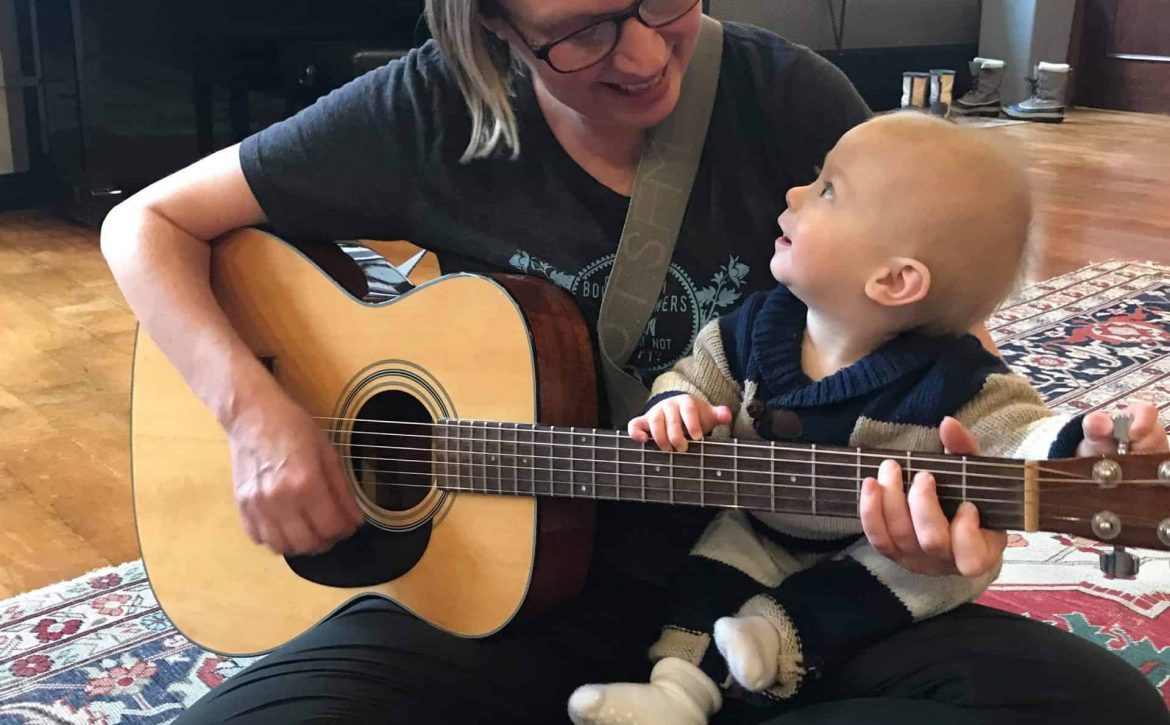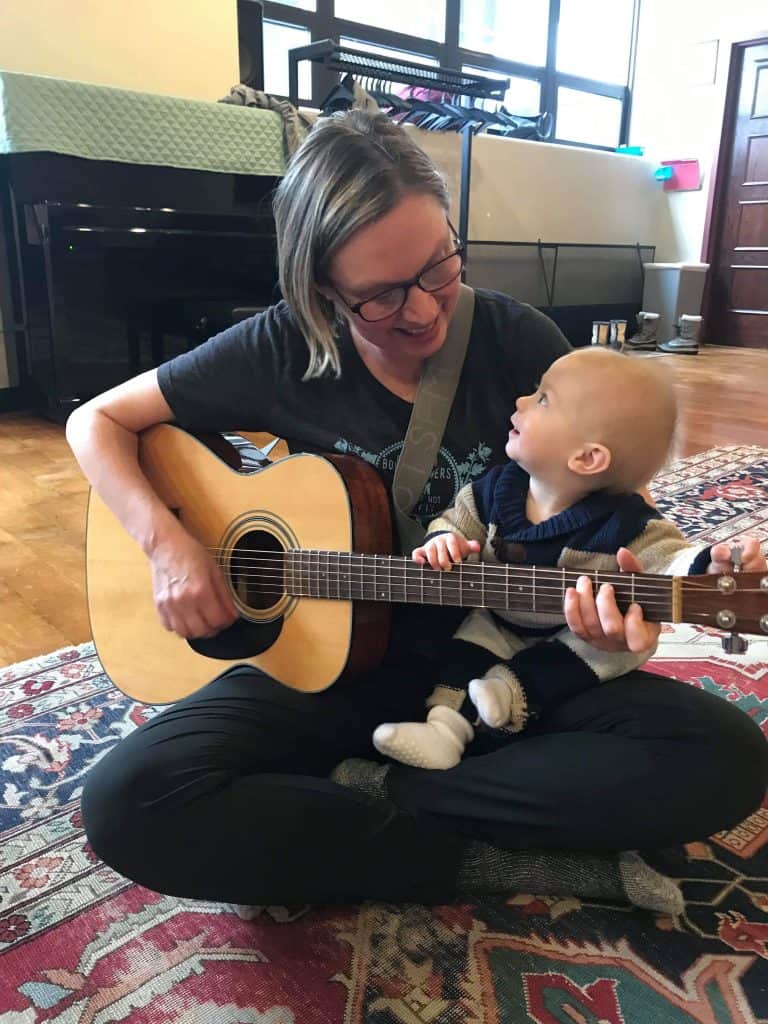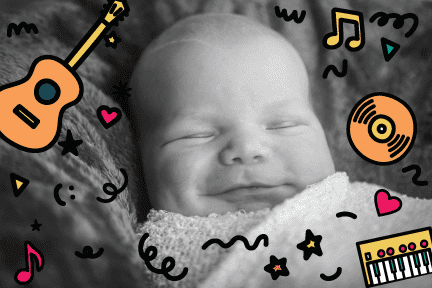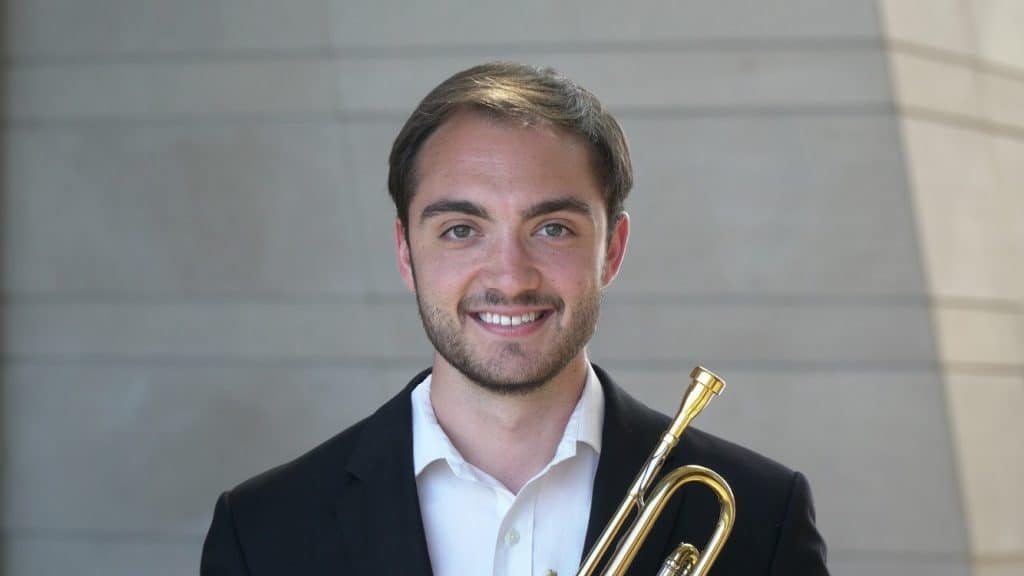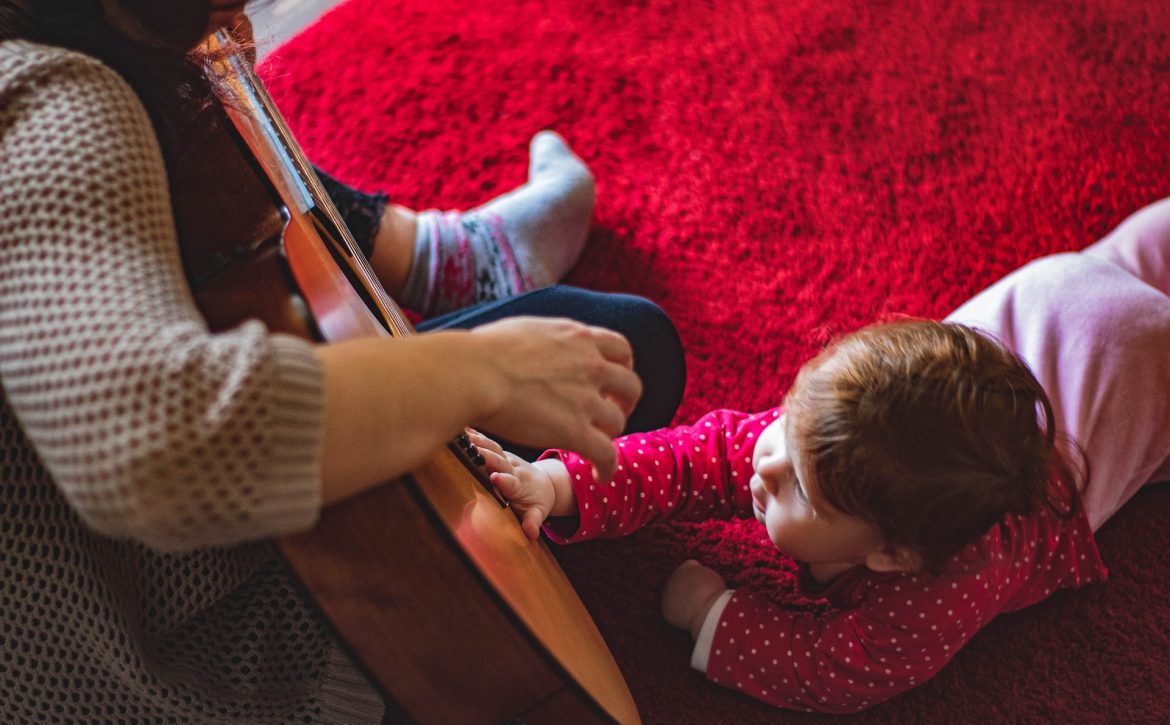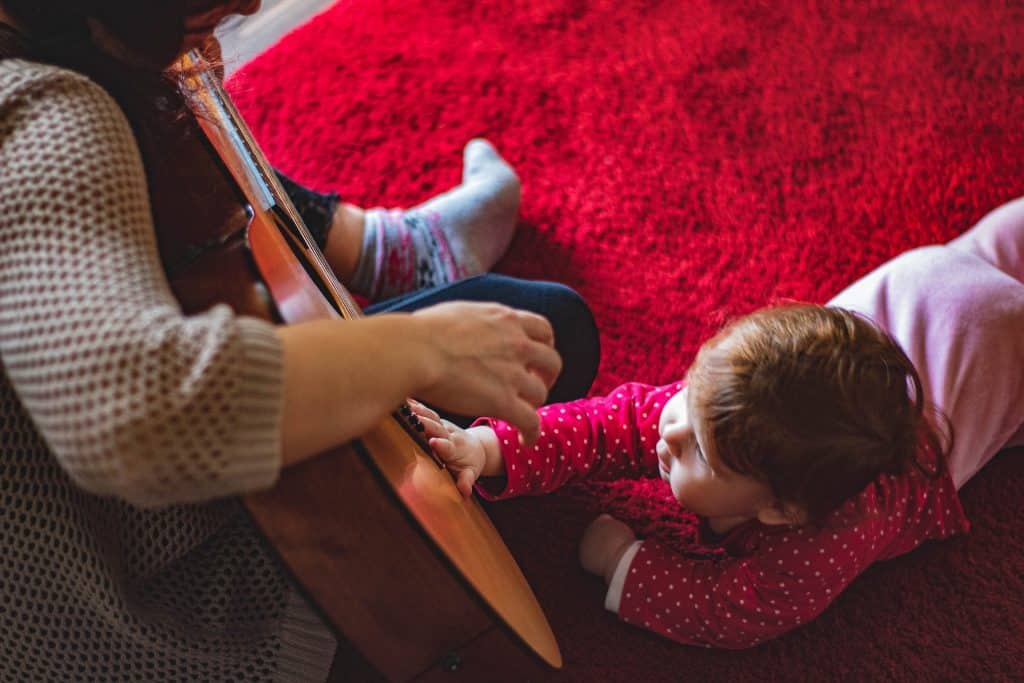Growing Big Hearts with Noggin’s Big Heart Beats Album
Noggin’s Big Heart Beats Album is a lineup of catchy songs — all available on the Big Heart World website — that are intended to help children (and grown-ups) grow big hearts. The songs, which deal with themes like identity, friendship, and helping others, can be played for fun or built into social and emotional learning (SEL) curriculums.
“When we considered how best to introduce SEL concepts and themes to kids, we immediately gravitated toward music,” said Sean Farrell, who leads Noggin’s original content development. “We wanted to create music and songs that families would happily roll down the windows of their car and turn up their speakers or play in the family room and dance together.”
The Link Between Music and SEL
Music — singing and making music and moving to music — with children naturally supports the development of important social and emotional skills, including self-confidence; self-regulation; and interpersonal/social skills like sharing, turn taking, cooperating with others and solving problems together.
- Newborns are able to identify rhythms and melodies heard in the womb
- Music creates social connections between grown-ups and children
- Children as young as 3 can notice emotions in songs. They can notice feelings in clips that are just 0.5 seconds long!
- Music instruction has been shown to increase self-regulation skills
“There is powerful research from leading scholars on the value of music in creating a healthier and more flexible brain, and in laying the foundation for learning,” said Michael Levine, director of Learning and Impact at Noggin. “The use of music both recreationally and in educational settings helps create cognitive flexibility and enhances other multi-sensory literacies that are critical to help children compete and cooperate in a global community.”
Using Big Heart Beats Album to Grow Big Hearts
Julia Levy, the producer of the Big Heart World social and emotional learning initiative, joined with the team at Noggin on March 23, 2022 at the AFT / Share My Lesson virtual conference to share tips on how to use the Big Heart Beats Album and music and movement generally to support social and emotional learning.
“Music is a powerful tool that educators can use to engage children’s minds and bodies in new ways, introducing and reinforcing important ideas and growing kids’ big hearts,” Levy said.
Big Heart World released a learning guide that educators and parents can use to explore the Big Heart Beats album and use the songs to support children’s social and emotional learning.
Learn From the Artists: Music Grows SEL Skills
Learn from the Artists: What Does Growing Big Hearts Mean?
Alex Geringas and Wil Fuller; Flor de Toloache; and Chris Sernel (Oh, Hush!) discuss what growing “big hearts” means to them. Listen to their songs here.
